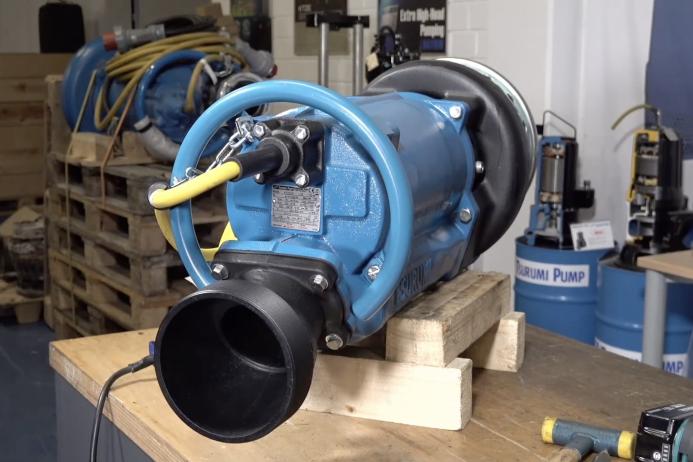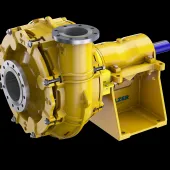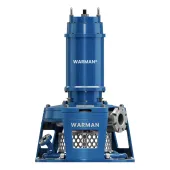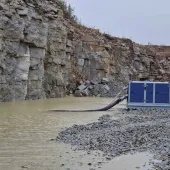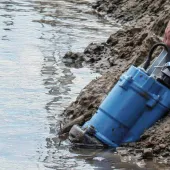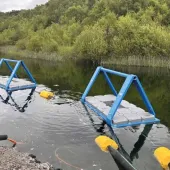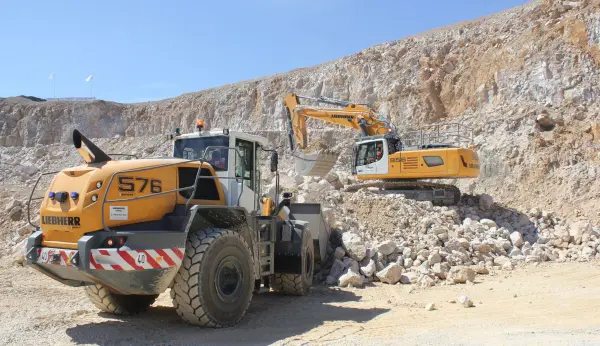Choosing the right pump: performance vs efficiency
In certain applications, performance is more important than efficiency, say pump manufacturers Tsurumi
EFFICIENCY is often considered to be a decisive factor when selecting a dewatering pump. However, practical experience shows that those who focus exclusively on efficiency may end up paying more in the long run.
It is not efficiency alone that determines the success or failure of a pump, but often the ability of the units to withstand extreme conditions. ‘A highly efficient pump that fails after a short time in practice is practically worthless,’ explains Stefan Himmelsbach from Tsurumi Pumps. ‘In demanding areas, robustness is paramount.’ In three scenarios – abrasive media, solids in water, and time-critical applications – performance comes first.
Abrasive media, such as sand, gravel, or sludge, require the use of high-performance pumps. Their rotors consist of thicker and heavier components, and the impellers are less delicate, which means they are more resistant to wear and tear. The disadvantage is obvious: this design compromises efficiency, as blunter blades and more solid parts require more energy to operate.
However, practical experience shows that the energy consumption is low in relation to the savings in maintenance and spare parts costs. ‘When an excavation pit fills up and the pump fails, we're not talking about kilowatt hours, but about downtime costs that can run into the thousands,’ explained Mr Himmelsbach. High-performance pumps are, therefore, not only the better technical choice, but also the more economical one.
The conflict of objectives becomes even clearer when it comes to solids in water. Construction site water often contains not only sludge, but also wood residues, plastic pieces or other foreign objects. Such materials are poison for standard pumps: they clog, block or wear out in no time.
Special pumps with cutting, grinding or vortex technology provide a remedy. Vortex pumps, for example, have impellers that are deeply embedded and do not lie directly against the suction plate. The additional space allows even coarse particles to be transported almost unhindered. This significantly reduces contact between the impeller and solids – and thus wear.
The price for this is lower efficiency. But here too, efficiency is irrelevant if the system is at a standstill. ‘Choosing a pump is always a strategic decision. It means that we accept higher consumption to reliably prevent failures,’ according to Tsurumi.
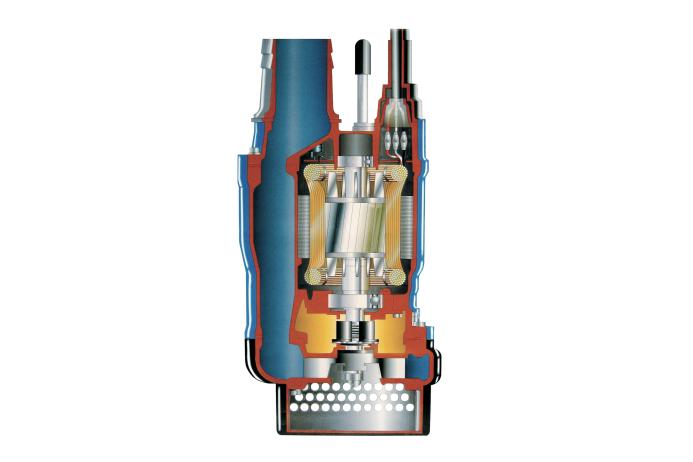
The third category of applications are temporary or acute uses – such as water drainage after heavy rainfall or in disaster control. In such situations, it is not important whether the pump operates at 10% higher efficiency. The only thing that matters is that it moves large amounts of water within the shortest possible time and functions reliably.
Practical examples show that action often must be taken within minutes to prevent consequential damage to buildings or infrastructure. ‘Energy efficiency is simply not an issue in such cases,’ said Mr Himmelsbach. ‘The performance of the pump determines the extent of the damage.’
At first glance, sacrificing efficiency may seem counterintuitive – especially in times of rising energy costs. However, for users, focusing on performance can quickly pay off. Stable operation, shorter maintenance intervals, and predictable spare part cycles are often more important in terms of overall costs than pure energy consumption – especially since this can be significantly reduced with level electrodes on the pump or ‘smart’ connectivity.

